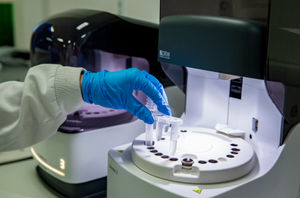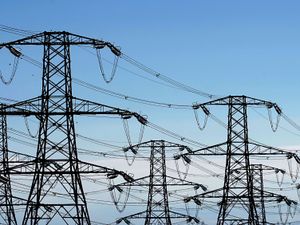Express & Star comment: How to rebuild confidence in test and trace
World beating? Pity the rest of the world then.

The UK's test and trace system has been characterised by grand promises, huge costs, and mediocre results.
Nobody seems even to bother talking about the test and trace app any more, which says a lot.
The tracing figures remain stubbornly disappointing, with the latest information showing only six out of 10 close contacts being reached through NHS test and trace. That is bad news for hopes to control the spread of the virus, as it means that the rest have not been warned to self-isolate and could be out and about giving others the infection.
On a more positive note, testing capacity has been hugely expanded, there's a mass testing trial in Liverpool, and the advent of tests which give rapid results.
Yet while the tests yield information which is important, it is the next step of using that information which is crucial if the system is to be effective, and it is here that it is badly falling down. The science and technology can work if given a chance, but when you start mixing in human factors things become more complex.
On top of the challenge of contacting people to warn them to self-isolate comes the challenge of making sure that they actually do so.
Ensuring compliance is proving a problem. Figures show that a lot of people who are supposed to be self-isolating are not doing the socially responsible thing. This may well be because they are not, or at least don't feel, ill, so are reluctant to "take one for the team" and suffer major disruption to their lives and their work for what they see as no reason.
Those told to self-isolate are effectively waiting for days to see if they are ill, and are cut off from others in case they prove to be.
Mass testing, rapid turnaround results, and the possibility of self-testing, are key to rebuilding confidence in test and trace.
They will more clearly draw the line between who does, and who does not, need to self-isolate, and give a measure of reassurance to those who are expected to self-isolate that they are not simply pointless victims of a clunky and inefficient system in which the cogs grind too slowly to identify the truly ill.





